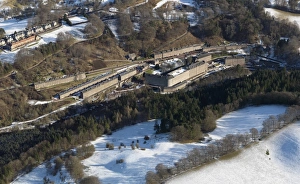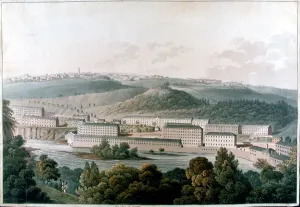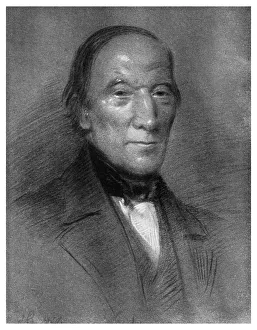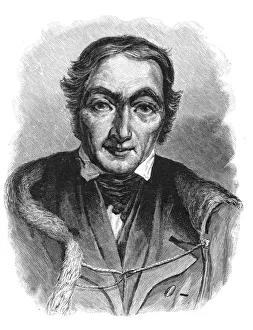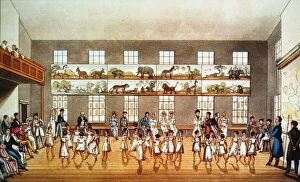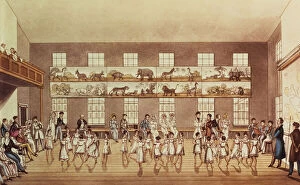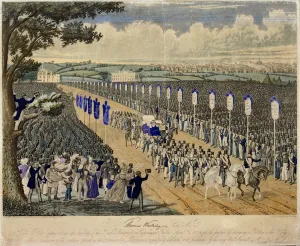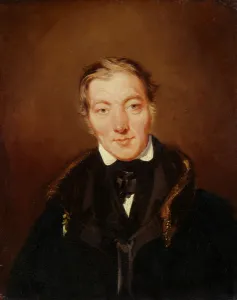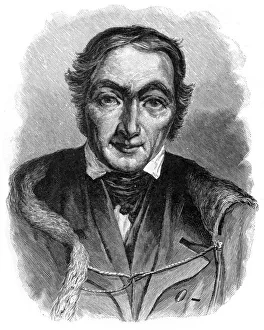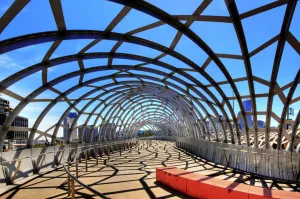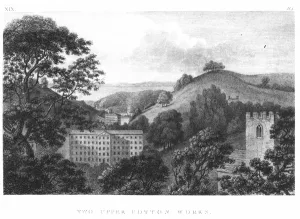Robert Owen Collection
Robert Owen, a Welsh-born industrialist, philanthropist, and socialist, made significant contributions to the 19th-century society
All Professionally Made to Order for Quick Shipping
Robert Owen, a Welsh-born industrialist, philanthropist, and socialist, made significant contributions to the 19th-century society. Born in Wales but later establishing himself in Scotland at New Lanark Mills around 1815, Owen revolutionized the concept of labor by implementing progressive reforms for his workers. His visionary ideas aimed to improve working conditions and promote social equality. In 1823, an anonymous artist captured a Dancing Lesson at the Robert Owens Foundation in New Lanark. This image reflects Owen's commitment to providing not only employment but also education and cultural enrichment for his employees. The engraving depicts a harmonious atmosphere where individuals from different backgrounds come together through dance. Owen's dedication to gender equality is evident in engravings like The Proper Station of Woman. He believed that women deserved equal rights and opportunities alongside men. Such beliefs were further exemplified by Mr Owens Institution in New Lanark (Quadrille Dancing), engraved by George Hunt and published during this time period. Throughout his life, Robert Owen continued advocating for societal change as seen in Meeting of the Trade Unionists in Copenhagen Fields on April 21st, 1834. This historic gathering displayed his support for trade unions and their fight for workers' rights. An oil painting from 1834 portrays Robert Owen himself with depth and intensity reflecting his determination towards social reform. As a Welsh socialist who challenged traditional norms of capitalism prevalent during that era, he left an indelible mark on history. Even after his passing in 1858 (noted as "1956" which may be an error), Robert Owen's legacy endured into the twentieth century when he was still recognized as one of four influential social theorists alongside Carlyle, Fourier, and Proudhon (1903). His ideas continued inspiring generations beyond him.

